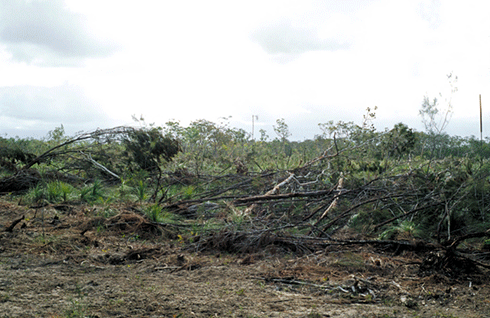
|
Published: 5 August 2013
Report shows we are moving to a low-carbon economy
Australia has made significant progress towards reducing greenhouse gas emissions and building a low-carbon economy, according to new research released last week.
The ClimateWorks Australia report, ‘Tracking Progress Towards a Low Carbon Economy’, found an increase in activity to improve energy efficiency and reduce greenhouse gas emissions in the last decade across all sectors of the economy studied.
This was led by reduced deforestation and increased afforestation, significant increases in industry energy efficiency and more recently sharp reductions in power emissions.
ClimateWorks Executive Director, Anna Skarbek, said that over the past decade, there has been no growth in greenhouse gas emissions despite economic growth of 31 per cent over the same period.
‘Since 2008–09, emissions reductions accelerated, led by a drop in electricity emissions, significant increases in renewable energy and a tripling in industry energy efficiency.’
The research showed that if recent trends are sustained, Australia would achieve 80 million tonnes of greenhouse gas emissions reductions by 2020, which is about 40 per cent of the abatement required to reach the minimum 5 per cent national emissions reduction target by 2020 through domestic abatement alone.
Ms Skarbek said over the next decade Australia’s emissions reductions would be led by reductions in power emissions intensity and continued energy efficiency in industry and buildings. However, overall emissions would grow because of strong economic growth, particularly in mining and resources, and also plantation harvesting.
‘Going forward to 2020, on current trends there would be an increase in emissions because of economic growth. However, emission reduction activity would counterbalance this growth by 50 per cent, led by continued industrial and residential energy efficiency and renewable energy.
‘The net result is that Australia is on track to achieve about 40 per cent of the reductions needed to achieve its 5 per cent emissions reduction target through activity in Australia.’
Amandine Denis, also from ClimateWorks, said the years between now and 2020 provided time to identify increased incentives that could help capture more domestic abatement, and to consider increasing the current minimum 5 per cent target through domestic and international abatement.
‘Our research shows that there is the potential for nearly three times more emissions reduction activity than is currently being observed.
‘This potential would enable Australia to achieve at least a 25 per cent target, the minimum recommended by international scientists,’ she said.
‘The lessons we have learnt from this research are that price signals are powerful; policy uncertainty is a drag on activity; regulation is reliable; and macroeconomic factors like the manufacturing downturn can affect emissions.’
Climateworks says the report is the first whole-of-economy analysis of Australia’s progress in reducing emissions. It covers key sectors – power, industry, buildings, land-use and waste.
There is also a special report on factors affecting energy efficiency activity for 47 large industrial companies that account for 70 per cent of Australia’s industrial energy use.
Ms Denis said the report identified further opportunities to increase emissions reductions include further reducing deforestation and increasing forest replanting, replacing fossil fuel generation with more renewables and gas, increasing the uptake of energy efficiency and decreasing fugitive emission from coal mines, and retrofitting existing commercial buildings.
Among the report’s key findings are:
-
The intensity of Australia’s power generation (the amount of greenhouse gases emitted for each unit of electricity produced) decreased by 8 per cent from 2008–09 to 2012–13 and power emissions have fallen by 13 per cent since their peak in 2008–09.
-
Industrial process emissions have been substantially reduced and industrial energy efficiency has tripled compared to historic levels leading to an estimated 10 per cent improvement in emissions intensity of industrial production, which has been offset by large increases in production.
-
The energy intensity of Australia’s buildings has decreased by 3 per cent between 2002–03 and 2010–11, led by improvements in the operation of buildings, improved energy efficiency standards, more efficient appliances and distributed energy. However these improvements have been offset by additional buildings and increased use of electricity by electronics in homes.
-
The annual area deforested has halved since 2003 and the total area of plantations has increased by 21 per cent over the decade. These emissions reductions have completely offset growth in all other sectors since 2002–03.
Source: ClimateWorks




